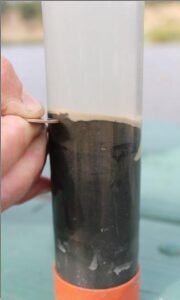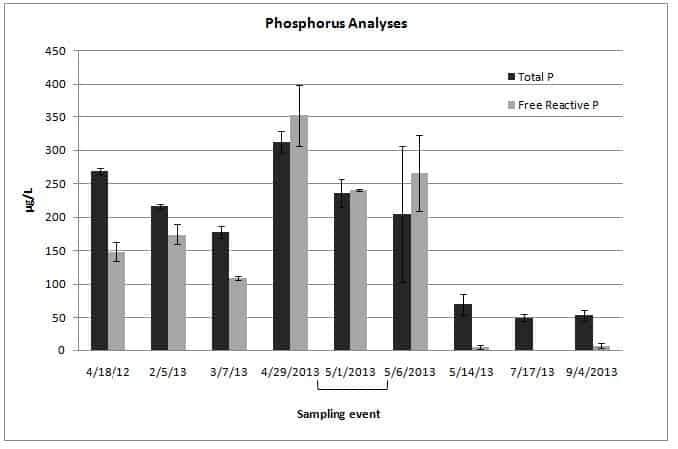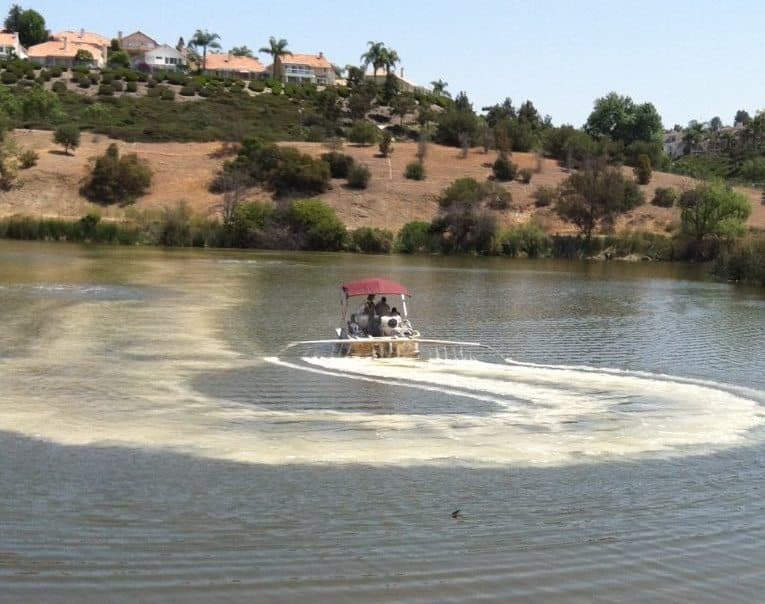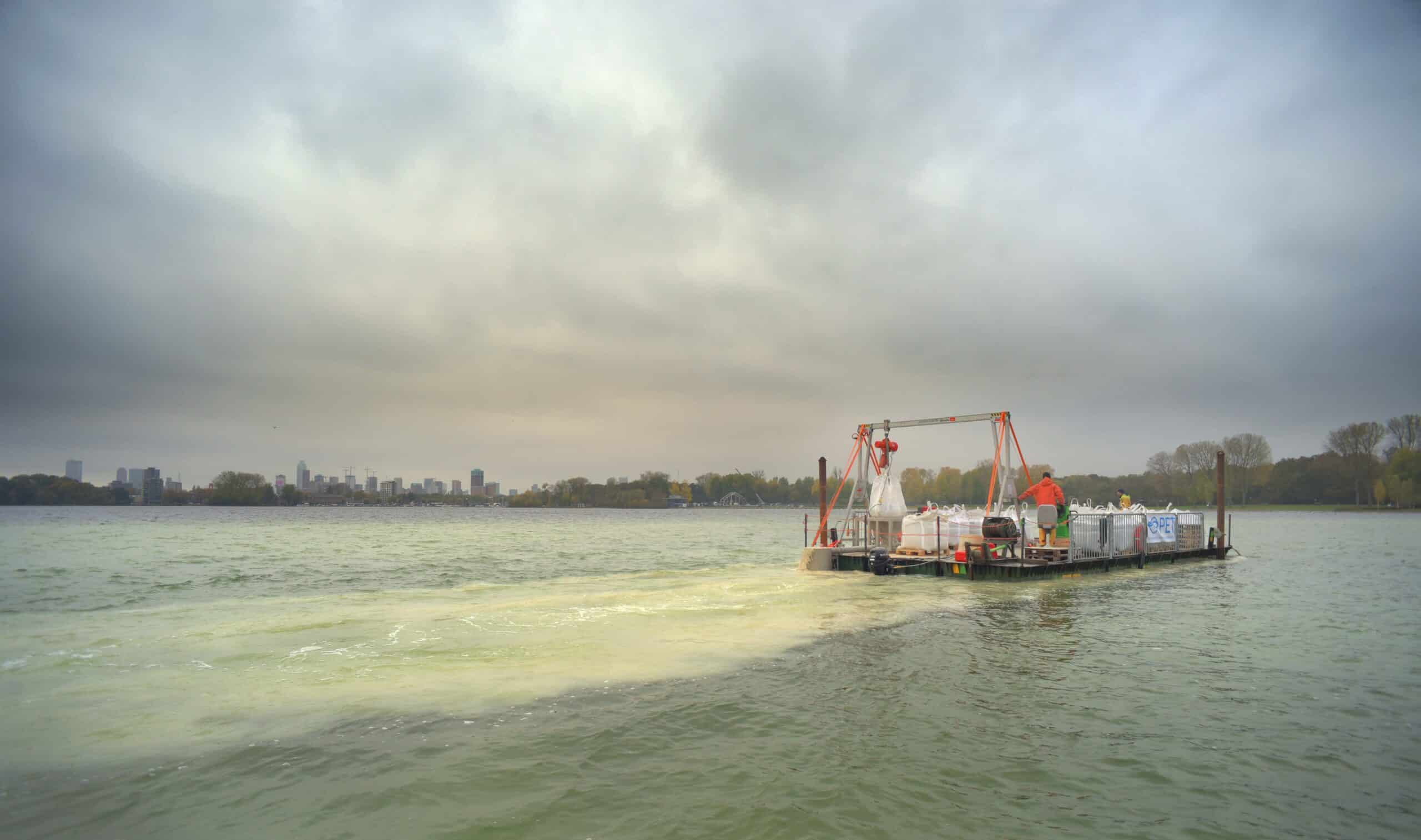About
Laguna Niguel Lake (Sulfur Creek Reservoir) was built in 1966. The lake is primarily used for scenic recreation and local fishing, however, it also is an important sanctuary for waterfowl.
Recent issues with poor water quality, foul odours, declining fishery and outbreaks of avian botulism prompted the need for water quality management. Although the nutrient inputs from the inlet creek and surface runoff contribute to the annual load of phosphorus into the lake, monitoring of the water quality and lake sediments in recent years suggested internal phosphorus loading as a significant contributor to the water quality issues.
The Treatment
The Phoslock application was carried out over a period of 4 days in 2013. Phoslock was mixed with lake water in a custom mixing
chamber and injected into the lake surface.
Global Positioning System (GPS) technology was used on the boat to assure uniform application in the 4 treatment zones of the lake (Figures 2 & 3). Phoslock dosing in each zone was based on the surface area, water depth, sediment characteristics, and phosphorus concentrations.
Monitoring
Water quality analysis was conducted from lake samples (3 fixed locations in the lake) in 2012 and 2013. Post-treatment water sample collection and analysis continued through September 2013. Benthic macroinvertebrate sampling and assessment were conducted both upstream and downstream of the lake immediately before treatment (4/29/2013 ) and four days after Phoslock application completion
5/6/2013 Sediment samples were collected from 3 sites in the lake using a threaded stainless steel coring apparatus.
Sediment samples were taken prior to the Phoslock application (4/29/2013); and 3 and 6 months post-treatment (8/7/2013; 12/4/2013) (Figure 1). The top 5cm layer of sediments (2 samples homogenized composite) from each sample location was sent to the lab for analysis. Sequential extraction was used to determine relevant phosphorus fractions and compare concentrations of available and stable phosphorus forms prior to and following the treatment.

Figure 1. Sediment cored sample collected after Phoslock application to Laguna Niguel Lake.
Results
No significant changes were measured in pH, turbidity, conductivity and alkalinity throughout the study. However, Phoslock rapidly (< 2
weeks) and significantly (p < 0.0005) decreased the total (> 80%) and free reactive phosphorus (> 95%) in the water column (Figure 2). It was also documented to bind the potentially releasable sediment phosphorus fractions to form stable fractions post-treatment.

Figure 2. The Total and free reactive phosphorus concentrations. Values are averages from three sampling locations. Error bars represent one standard deviation. Underlined event represents sampling during the Phoslock application period (Figure taken from Bishop et al., 2014).
The monitoring also documented no significant composition or diversity alteration to the benthic macroinvertebrate community
after the Phoslock application.

